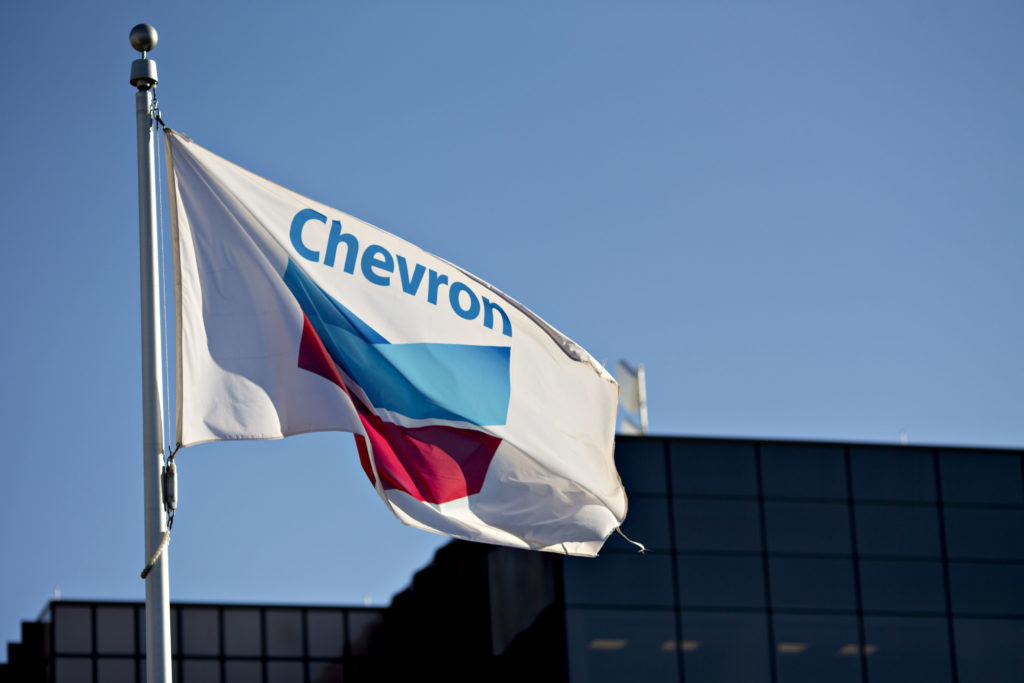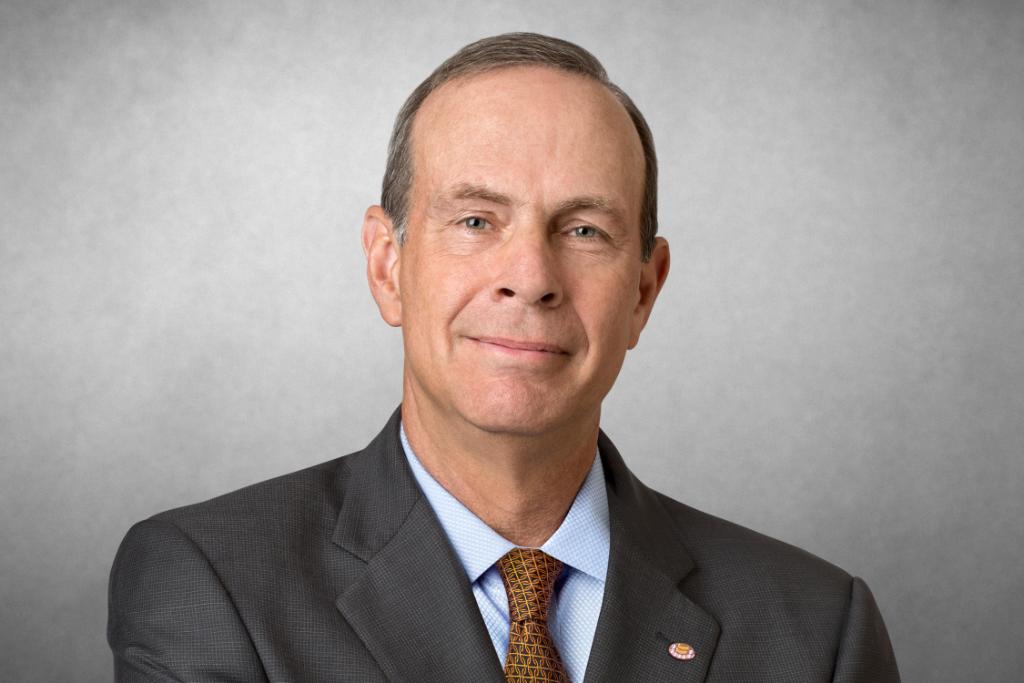
Fresh from overtaking ExxonMobil as North America’s biggest oil company, Chevron has a “simple promise” to investors: higher returns and lower carbon.
Delivering on that promise is critical: an activist investor announced a campaign on Monday targeting Exxon for failing on both counts.
“We’ve been able to remain very steady as others have had to change strategy, change dividend, change financial priorities,” Chevron Chief Executive Officer Mike Wirth said in an interview with Bloomberg TV. “For us it’s been a pretty simple promise of higher returns, lower carbon and you can count on us.”
One thing investors can’t count on is for Chevron to announce any long-term targets to eliminate or severely reduce emissions, as rivals Royal Dutch Shell Plc and BP Plc have. Chevron’s carbon goals are linked to reducing methane leaks and so-called emissions intensity, which means less pollution per barrel of oil produced. That leaves the company wiggle room to increase overall emissions in the future as crude output grows.
“We favor action over pledges,” Wirth said. “Long-dated pledges where we really don’t know how we’ll get to the end of the road are something that we’ve been a little bit careful about.”
In a tumultuous year for oil stocks, Chevron has emerged as one of the stronger players and currently has a larger market value than Exxon, America’s biggest oil company for most of the last 100 years. The California-based company is tied with French supermajor Total SE in requiring the lowest oil price to break even, according to analysts at HSBC Holdings Plc, and hasn’t cut its dividend as Shell and BP have done.
Rough Year
But 2020 has hardly been a victory lap for Wirth. Chevron’s stock is down 24% this year, even after a major rally during the past month. Key to reversing the decline for the sector, which now makes up just 2.5% of the S&P 500 Index, is boosting returns by spending capital more efficiently than in the past decade.
To that end, Wirth has cut back Chevron’s capital budget to just $14 billion this year, less than half the amount spent in 2014, and expenditures will remain at low levels until at least 2025. As the giant, overbudget Tengiz expansion project in Kazakhstan comes closer to completion, investment dollars will be recycled into less risky, quicker-to-produce operations in shale.
“As that project completes, we’ve got additional capital spending then that will move into other unconventional opportunities in Argentina, in the U.S. and in Canada, and in the deepwater Gulf of Mexico,” Wirth said.
Chevron earmarked $300 million for energy transition investments, 2% of its $14 billion budget for next year. Wirth won’t be following European peers into replacing oil and gas with renewables.
“We’ve not chosen to do things such as wind and solar where there are strong, well-established players,” he said. “We don’t really have an advantage. We intend to undertake things where we think our unique set of technical, operating and financial capabilities allow us to do things that are large, complex, at scale and things that aren’t necessarily easily done by others.”
Recommended for you


